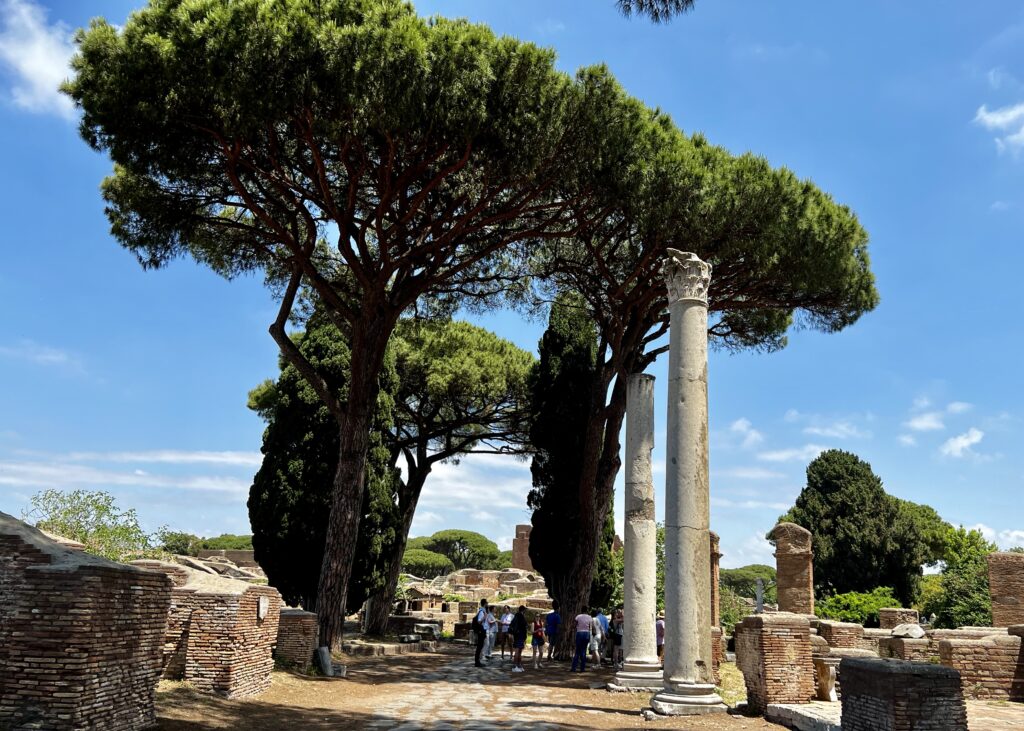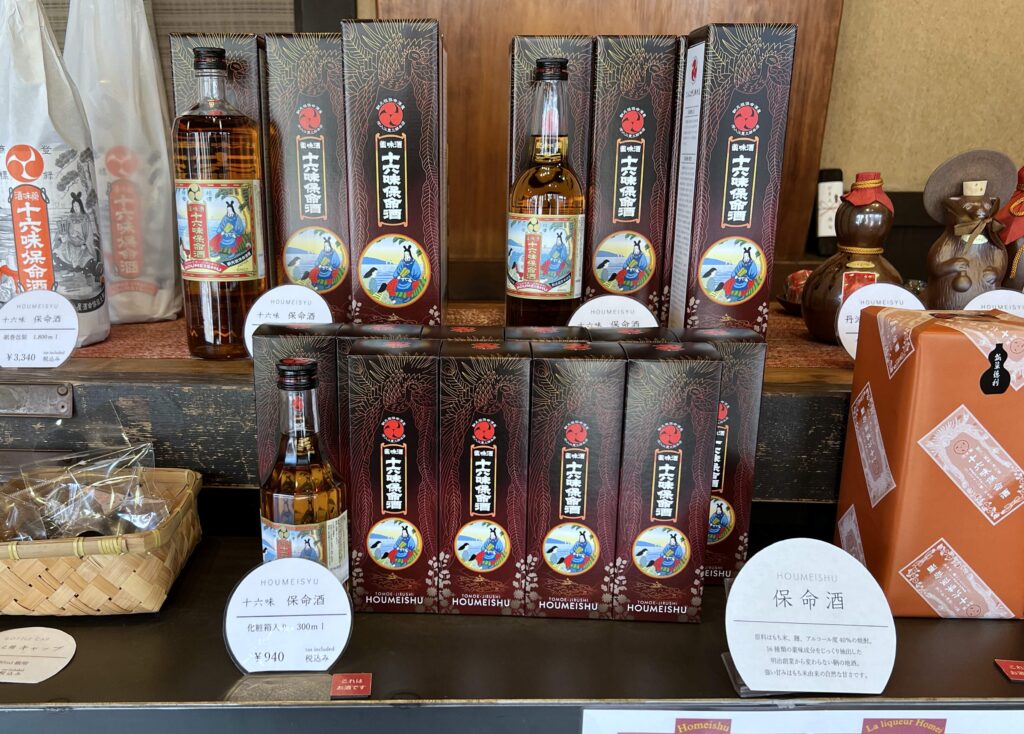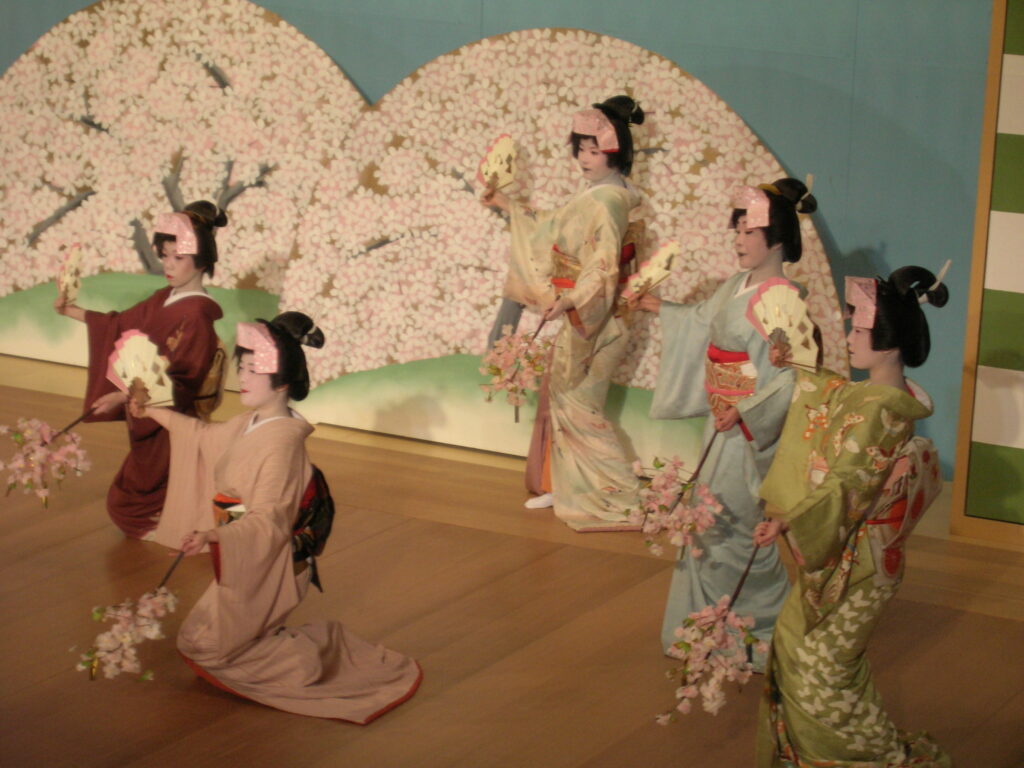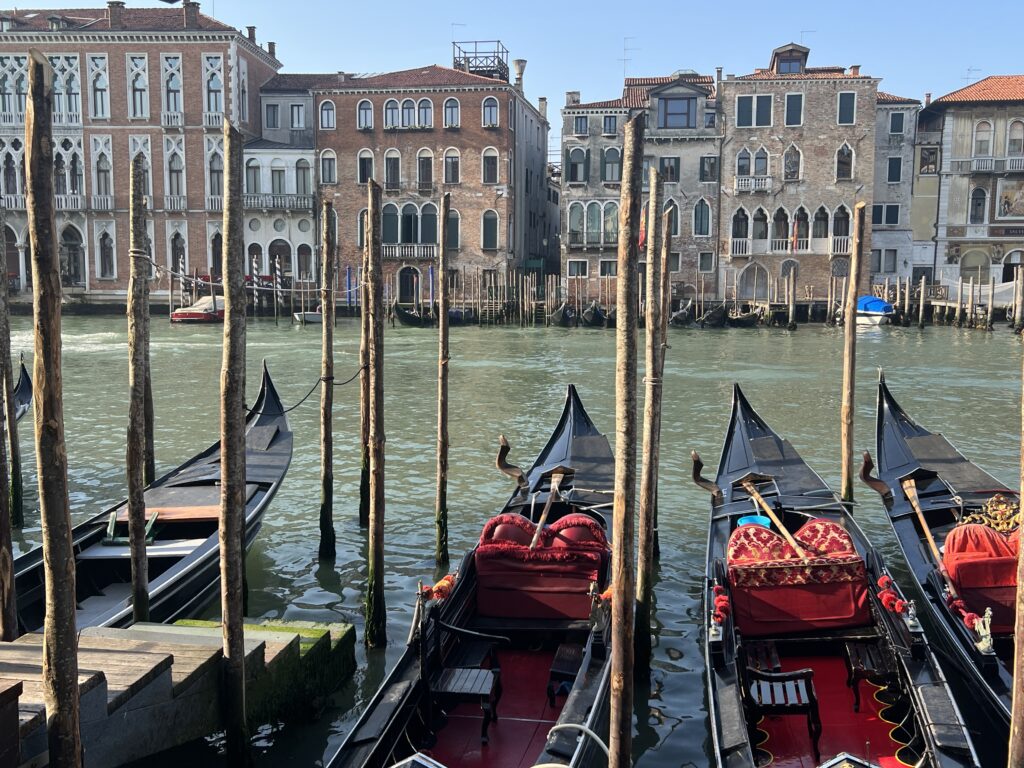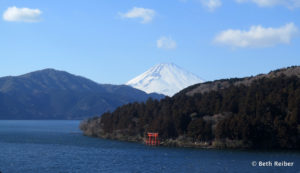There’s hardly an event or celebration in Okinawa, or even a gathering of friends, that doesn’t include awamori, Japan’s oldest distilled liquor. Everything from births and birthday parties to weddings and funerals are often commemorated with gifts of awamori. Because the distilled liquor, native to Okinawa, never goes bad and tastes better the older it gets, mature stock is often passed down and replenished from generation to generation. To me, that’s one of the most fascinating things about it. How cool it would be to drink awamori started by my grandparents and added to by my parents.
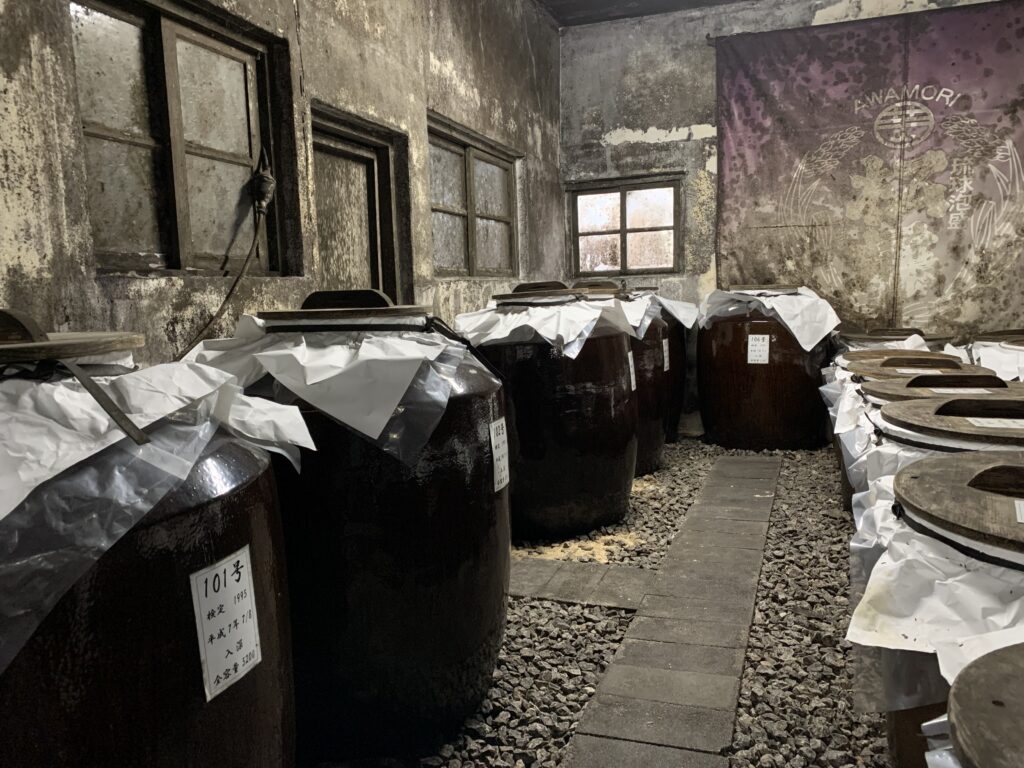
But more than that, awamori is considered the very heart and soul of Okinawa. It’s a tangible link to all the ancestors that have roamed these islands for centuries. It’s a drink that bonds friends and family.
“If you find a group of happy people at a restaurant or a bar, awamori is always there,” says Kumiko Teruya, a freelance tour guide in Okinawa. “Awamori connects people, even a foreign visitor seated next to you, which clearly shows the Okinawan spirit of ichariba chode, a proverb that means once we meet, we become brothers and sisters.”
What is awamori, Japan’s oldest distilled liquor?
Awamori is a clear and transparent spirit, with a strong aroma, high alcohol content, and richness that mellows with age. It can be drunk straight, on the rocks, or used as a base for cocktails. Despite being free of sugar, it tastes sweet, with a hint of vanilla.
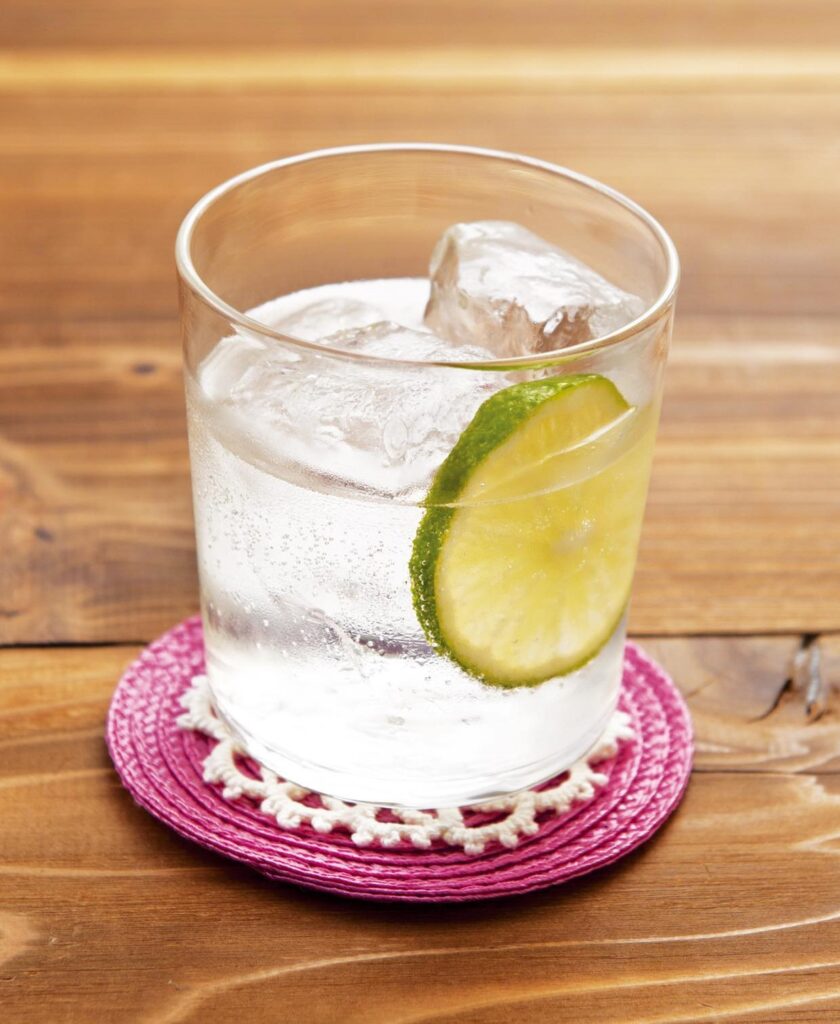
But with 46 awamori distilleries in Okinawa, there are many different brands to appeal to modern tastes, including those with added flavors like plum or those made specifically for cocktails. Awamori that has aged a minimum of three years is called kusu, with kusu that is 20 or 25 years old considered a treasure. Unfortunately, we’ll never know what 100-year-old awamori tastes like, because Okinawa’s massive destruction during World War II destroyed its distilleries and stock.
In fact, awamori itself could have been a casualty of WWII, because it’s the only liquor in the world made with black koji mold, which was also thought to have been annihilated during the war. Without black koji mold, there is no awamori. Luckily, traces of black koji mold were uncovered in the ruins of a distillery. The other essential ingredient is rice imported from Thailand.
A short history of awamori
For a nation as proud and protective of its homegrown rice as Japan, awamori’s Thai rice stands out as an anomaly. That’s because the story of awamori starts before Okinawa became part of Japan in 1879, back to when the archipelago flourished as the Ryukyu Kingdom from the 14th through 18th centuries, complete with dynasties, castles, language, and culture. Its trading partners around Asia included Siam (present-day Thailand), which introduced its technique for distilling alcohol almost 600 years ago.
Turns out, it’s this pairing of long-grain Thai indica rice and black koji mold that made awamori possible. That’s because black koji mold produces high amounts of citric acid, which resists bacteria created during the fermentation period in Okinawa’s hot and humid climate and allows awamori to be made year-round. And Thai rice is more receptive to black koji than Japanese rice. Awamori undergoes a single distillation, in a process that has changed little over the centuries. That’s why, with a history stretching back to the 15th century, awamori is Japan’s oldest distilled liquor.
Awamori became so prized in the Ryukyu Kingdom, it was presented as a tribute to the shogun and to show hospitality to visiting envoys. US naval officer Commodore Perry, who stopped by Okinawa several times on his mission to force trade with Japan in the 1850s, was feted with awamori.
Awamori distilleries and tours in Okinawa
Although there are 46 distilleries in Okinawa, located mostly on the main island, few offer free tours in English. One that does is Matsufuji Inc., founded by a woman in 1905. Its name is a combination of the second-generation couple’s names, Kimatsu and Fujiko, and is now in its fourth generation of owners.
Tours, which can be booked by email at sakiyama-shuzo@proof.ocn.ne.jp, last 40 to 60 minutes and are available Monday to Friday, except during holidays.
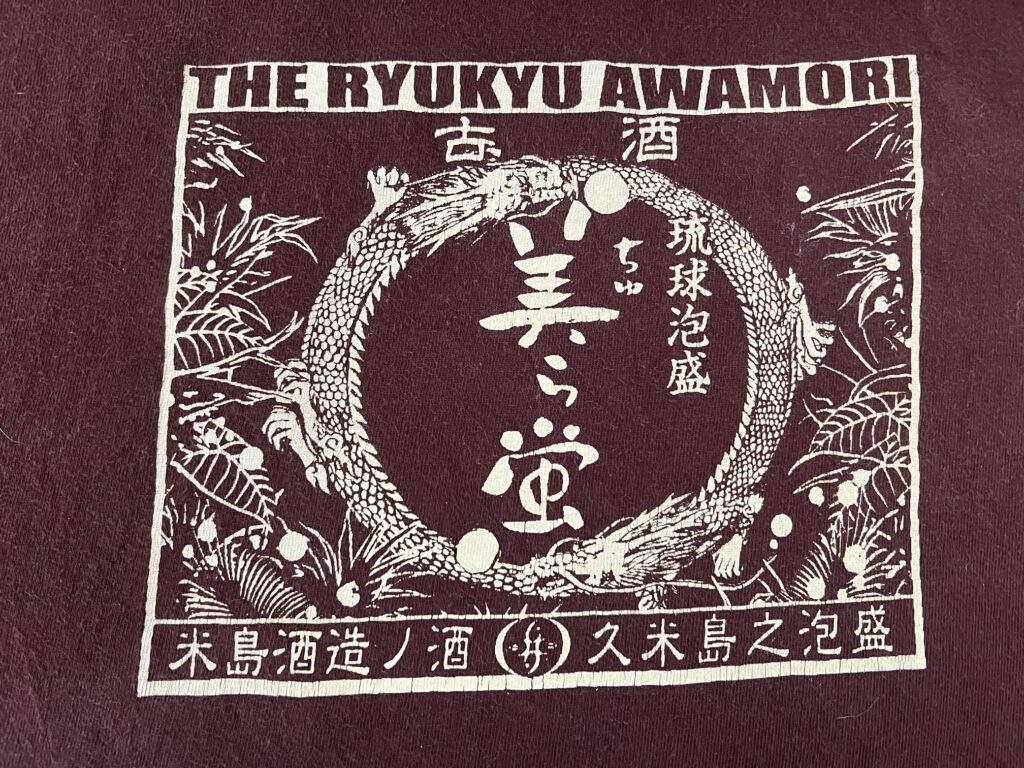
For other distilleries with tours only in Japanese, or for guidance to Okinawa’s many other sights, consider hiring an English-speaking guide. I highly recommend Kumiko Teruya, who has been my guide and helped me immensely to understand awamori. Kumiko told me that one of her fondest memories was of a woman on her tour who afterwards presented Kumiko with a bottle of awamori. That woman certainly understood the power of the awamori spirit.
The spirit of awamori
For Junko Sakiyama, managing director of Matsufuji Inc., awamori is tied to memories spent with her father.
“My father passed away at the age of 88, but he spent his days looking forward to his evening drink,” she said. “We talked about everything from small things in everyday life to memories from when he was little.”
So at her father’s funeral, Sakiyama was sure to place a bottle of awamori on the altar, just as he had requested.
I’m sure it’s a heartfelt gesture that has played out again and again in Okinawa over generations. In fact, I wouldn’t mind a little awamori, Japan’s oldest distilled liquor, at my own celebration of life.
For more on awamori, including details of how it’s served, its distillation process, the differences between awamori and sake, and the Okinawan practice of adding new awamori to old batches to preserve it for future generations, see my article Beyond sake: Try awamori, Japan’s oldest distilled spirit made from black koji mold, published in 10Best.com/USAToday.
For more on Okinawa, see my blog, Okinawa the Perfect Getaway from your Japan Vacation.
Awamori isn’t the only interesting centuries-old liquor in Japan. I wrote about homeishu, made with 16 herbs and spices for 365 years in a small coastal village, in my blog Japan’s Homeishu Medicinal Liquor. Interestingly, homeishu, too, was served to Commodore Perry, as I describe in this article where homeishu is produced: Tomonoura: A historic coastal village away from the crowds in Japan, published by CNN.com.
